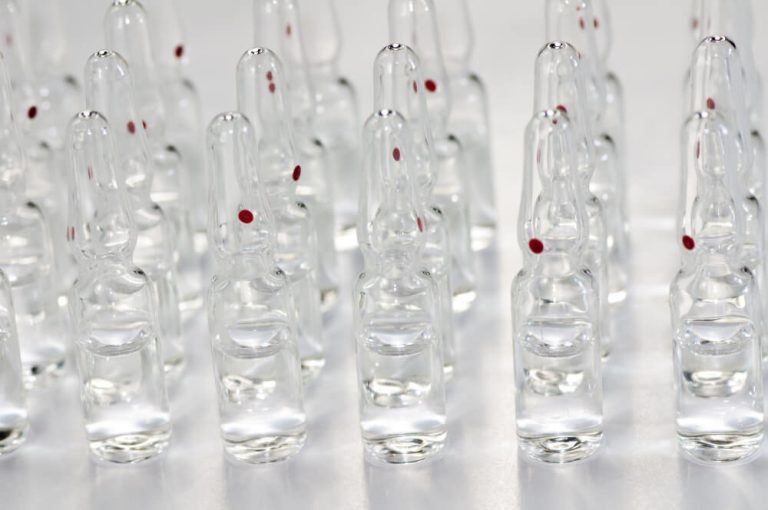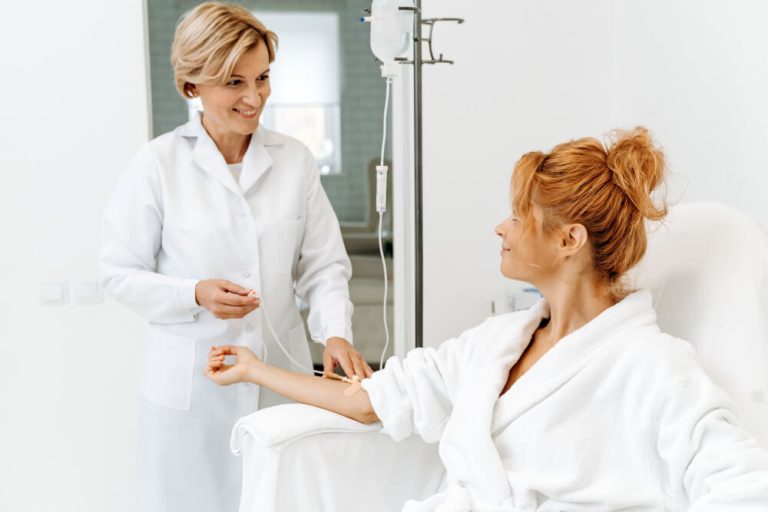Reclaim Your Vitality: A Comprehensive Guide to Andropause Training
The change is often subtle at first. Maybe you feel a little more tired than usual, or that last bit of belly fat just refuses to budge. Perhaps your mood is more irritable, or your motivation in the gym and the bedroom has taken a noticeable dip. For many men in their 40s, 50s, and beyond, these are not just random signs of getting older; they are the classic whispers of andropause.
Often called ‘male menopause’, andropause is a very real, gradual decline in testosterone and other hormones. While it doesn’t get the same attention as its female counterpart, understanding and addressing it is crucial for maintaining long-term health, strength, and vitality. The key is to move from passively accepting these changes to proactively managing them, and this is where a strategic approach becomes essential. A dedicated plan, built on knowledge from comprehensive andropause training, can empower you to take control of your health journey.
This guide will serve as your roadmap. We will demystify andropause, explore its symptoms, and detail the powerful, science-backed training principles you can use to counteract its effects. It’s time to stop seeing this phase as an ending and start seeing it as an opportunity to build a stronger, healthier, and more resilient version of yourself.
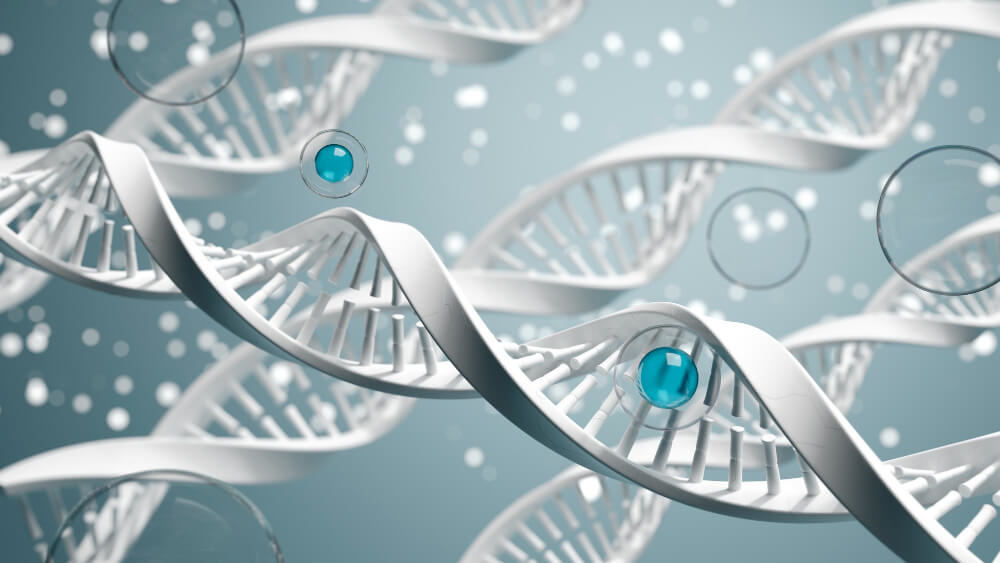
What Exactly is Andropause?
Unlike female menopause, which involves a relatively rapid drop in hormones and the cessation of menstruation, andropause is a much more gradual process. It describes the age-related decline in testosterone levels in men, a condition also known as late-onset hypogonadism or testosterone deficiency syndrome. This decline typically begins around age 30 and continues at a rate of about 1% per year.
Testosterone is the primary male sex hormone, but its influence extends far beyond libido and reproductive function. It is a powerful anabolic hormone that plays a critical role in regulating muscle mass, bone density, fat distribution, red blood cell production, and even mood and cognitive function. As levels slowly decrease, the effects can manifest across your entire system.
The symptoms of andropause can be wide-ranging and often mistaken for simple signs of stress or aging. Common indicators include persistent fatigue, a noticeable decrease in sex drive, difficulty achieving or maintaining erections, and shifts in mood, such as increased irritability or feelings of sadness. Physically, you might notice a loss of muscle strength, an increase in body fat particularly around the abdomen, thinning hair, and even hot flashes.
It is important to recognize that these changes are a normal part of the aging process for many men. However, the severity of symptoms and the rate of decline can be influenced by lifestyle factors. This means that while you cannot stop the process entirely, you can significantly mitigate its impact through targeted interventions.

How is Andropause Diagnosed?
Because the symptoms of andropause are often subtle and can overlap with other health conditions, a proper diagnosis is essential. Relying on a self-assessment can be misleading, so consulting with a healthcare professional who is knowledgeable about hormonal health is the critical first step.
The diagnostic process typically involves two key components: a thorough review of your symptoms and medical history, and specific blood tests. Your doctor will want to hear about the changes you’ve been experiencing, from your energy levels and sleep patterns to your mood and sexual function. Be open and honest to provide a complete picture.
The definitive part of the diagnosis comes from a blood panel. This test measures the levels of testosterone in your bloodstream. A doctor will typically look at your ‘total testosterone’ level, which is all the testosterone in your body, and your ‘free testosterone’ level, which is the testosterone that is unbound and readily available for your body to use. Both are important metrics.
It’s also important to note that testosterone levels can fluctuate throughout the day, typically peaking in the morning. For this reason, your doctor will likely schedule your blood test for the early morning hours to get the most accurate reading. Based on the combination of your reported symptoms and confirmed low testosterone levels from the bloodwork, a diagnosis of andropause or late-onset hypogonadism can be made.

Why is a Proactive Training Approach So Crucial?
Receiving a diagnosis of andropause is not a sentence to a life of declining vitality. Instead, it should be seen as a call to action. While the hormonal decline is biological, the way your body responds to it is heavily influenced by your lifestyle. A sedentary life will only accelerate the negative effects, leading to faster muscle loss, more significant fat gain, and lower energy.
This is where a proactive and intelligent training approach becomes your most powerful tool. The term ‘training’ here encompasses more than just hitting the gym; it represents a holistic strategy combining specific forms of exercise, targeted nutrition, and restorative practices like sleep and stress management. This integrated approach directly combats the primary symptoms of andropause.
For example, resistance training signals your body to produce more testosterone and build lean muscle, which in turn boosts your metabolism. Proper cardiovascular exercise strengthens your heart and helps manage the visceral fat that often accumulates during this time. A nutrient-dense diet provides the very building blocks your body needs to synthesize hormones.
By actively engaging in a structured training program, you are sending a powerful message to your body. You are creating an environment that encourages hormonal balance, preserves strength, and enhances your overall well-being. It is the single most effective way to take control of the aging process and ensure that your middle years and beyond are defined by strength and energy, not fatigue and decline.

What are the Core Components of Andropause Training?
A successful andropause training plan is not about random workouts; it is a structured protocol designed to address specific physiological changes. It is built on several key pillars that work synergistically to optimize your hormones, body composition, and overall health. Let’s break down these essential components.

Is Strength Training the Most Important Element?
In a word, yes. If you do only one thing to combat the effects of andropause, it should be consistent, challenging strength training. Resistance exercise is the most potent natural stimulus for testosterone production and the preservation of lean muscle mass, which is your metabolic engine. As testosterone declines, the body’s natural inclination is to lose muscle and store fat, a process known as sarcopenia. Strength training directly reverses this trend.
The focus should be on compound movements. These are exercises that engage multiple muscle groups and joints simultaneously, such as squats, deadlifts, bench presses, overhead presses, and rows. These big lifts create a greater metabolic and hormonal demand on the body compared to isolation exercises, leading to a more significant adaptive response. The principle of progressive overload is key; you must continually challenge your muscles by gradually increasing the weight, reps, or sets over time.
Beyond building muscle and boosting hormones, strength training offers profound benefits for bone health. Lower testosterone is linked to decreased bone mineral density, increasing the risk of osteoporosis. The mechanical stress of lifting weights signals the body to build stronger, denser bones, providing a powerful defense against fractures later in life. For men over 50, this is a crucial aspect of long-term health, as detailed in guidance on strength training over 50.

What About Cardiovascular Exercise?
While strength training is the foundation, cardiovascular exercise plays a vital supporting role, particularly for heart health and fat management. During andropause, men often see an increase in visceral fat, the dangerous fat that surrounds the internal organs and is linked to numerous health problems. Cardio is an excellent tool for burning calories and reducing this specific type of fat.
The ideal approach involves a combination of two different styles of cardio. The first is High-Intensity Interval Training, or HIIT. This involves short, all-out bursts of effort followed by brief recovery periods, such as sprinting for 30 seconds and then walking for 60 seconds, repeated for 15-20 minutes. HIIT is incredibly efficient at boosting metabolism and can also have a positive effect on hormone levels.
The second style is Low-Intensity Steady-State, or LISS, cardio. This involves longer sessions of moderate-intensity activity, like a 45-minute brisk walk, a light jog, or a bike ride. LISS is less stressful on the body, aids in recovery, and is effective at burning fat for fuel. Combining 1-2 HIIT sessions with 2-3 LISS sessions per week provides a well-rounded cardiovascular strategy that supports the primary goal of strength training. This holistic view is essential for managing what some call male menopause.

How Does Nutrition Fit into the Plan?
Exercise is only half of the equation; you cannot out-train a poor diet. Nutrition for andropause management is about providing your body with the raw materials it needs to build muscle, fuel workouts, and produce hormones. It’s not about extreme restriction but rather strategic choices.
Protein intake becomes paramount. As you work to build and preserve muscle mass, your protein needs increase. Aim to consume a significant source of high-quality protein with every meal, such as lean meats, poultry, fish, eggs, or quality protein supplements. This will support muscle protein synthesis and help you feel fuller, making it easier to manage your overall calorie intake.
Healthy fats are also non-negotiable. Dietary fat, particularly cholesterol, is the precursor from which your body synthesizes testosterone. Cutting fats too low can be counterproductive to your hormonal health. Focus on sources like avocados, olive oil, nuts, and seeds. These fats also help reduce inflammation and support overall cellular health. Many resources provide guidance on managing male menopause through diet and lifestyle.
Finally, manage your carbohydrate intake intelligently. Focus on complex carbohydrates from sources like sweet potatoes, oats, and quinoa, particularly around your workouts to provide sustained energy. Reducing your intake of sugar and refined carbohydrates is crucial, as these can spike insulin and contribute to fat storage and inflammation.
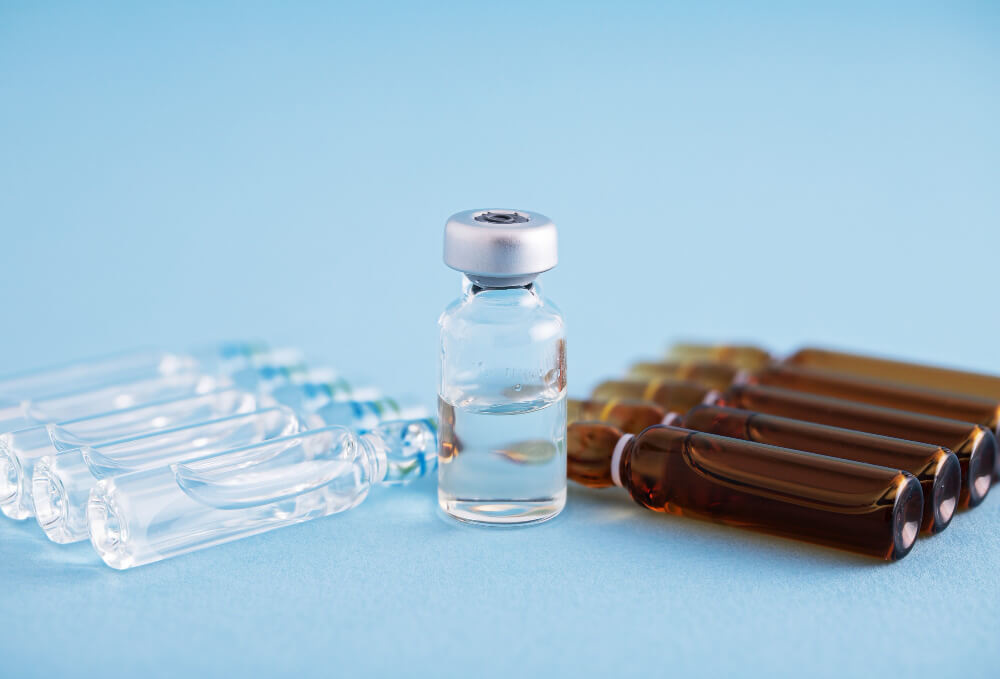
Why are Sleep and Stress Management So Critical?
The invisible pillars of any successful health protocol are sleep and stress management. You can have the perfect workout and diet plan, but if you are chronically stressed and sleep-deprived, your results will be severely compromised. These two factors have a direct and powerful impact on your hormonal balance.
Chronic stress leads to elevated levels of cortisol, the body’s primary stress hormone. Cortisol and testosterone have an inverse relationship; when cortisol is high, testosterone production is often suppressed. To manage this, you must incorporate stress-reducing practices into your daily routine. This could be meditation, deep breathing exercises, spending time in nature, or simply dedicating time to a hobby you enjoy.
Sleep is when the magic happens. The majority of your daily testosterone production occurs during the deep stages of sleep. Consistently getting less than 7-9 hours of quality sleep per night can dramatically lower your testosterone levels, sabotaging all your hard work in the gym and kitchen. Prioritize sleep hygiene by creating a dark, cool, and quiet sleep environment, avoiding screens before bed, and maintaining a consistent sleep schedule. Addressing these lifestyle factors is a core tenet of managing the condition, as often discussed by institutions like the Mayo Clinic.

What is the Role of Medical Interventions like TRT?
For some men, even a dedicated and consistent lifestyle approach may not be enough to fully resolve the symptoms of andropause. When blood tests confirm clinically low testosterone levels and symptoms persist, medical interventions like Testosterone Replacement Therapy, or TRT, may become a viable and effective option.
TRT should be viewed as a tool to be used in conjunction with, not as a replacement for, a healthy lifestyle. Its purpose is to restore testosterone levels to a healthy, youthful range, which can lead to significant improvements in energy, mood, libido, muscle mass, and overall quality of life. However, it is a medical treatment that requires careful consideration and ongoing supervision by a qualified healthcare provider.
The decision to start TRT involves weighing the potential benefits against the risks. It’s important to have an informed discussion with your doctor. For example, understanding the complex relationship between hormones and metabolic health is vital, as there is a well-established link between low testosterone metabolic syndrome and diabetes. A comprehensive approach considers all these interconnected factors.
Furthermore, a thorough evaluation of your health status is necessary before beginning therapy. For instance, the potential effects on heart health are a common concern, and it’s crucial to review the evidence. A deep dive into the cardiovascular risks and benefits of TRT an evidence review provides critical insights for both patients and practitioners. For medical professionals looking to specialize in this area, a formal testosterone replacement therapy trt prescribing course is essential for providing safe and effective care.

How Can You Create Your Own Andropause Action Plan?
Taking control of your health during andropause requires a clear and actionable plan. It can feel overwhelming at first, but breaking it down into manageable steps makes the process achievable. Here is a simple framework to build your personal action plan.
First, get your baseline. Schedule an appointment with your doctor to discuss your symptoms and get a comprehensive blood test. This provides the objective data you need to understand your starting point and track your progress. Don’t guess; get tested.
Second, commit to a consistent strength training program. This is your top priority. Aim for three to four sessions per week, focusing on the major compound lifts. Find a program you can stick with and focus on getting progressively stronger over time.
Third, integrate balanced cardiovascular exercise and mobility work. Schedule two to three sessions of cardio per week, mixing HIIT and LISS. Don’t forget to dedicate time to stretching and mobility to prevent injury and improve recovery.
Fourth, overhaul your nutrition. Focus on the principles, not fads. Prioritize protein at every meal, include plenty of healthy fats, consume complex carbs around your workouts, and drastically reduce sugar and processed foods. Stay hydrated throughout the day.
Fifth, make sleep and stress reduction non-negotiable. Set a strict bedtime and create a relaxing wind-down routine. Incorporate a five to ten-minute daily practice of mindfulness or deep breathing to manage your cortisol levels.
Finally, be patient and consistent. Hormonal changes and body composition improvements take time. Track your workouts, take progress photos, and note how you feel. Adjust your plan as needed, but give it time to work. This proactive approach is your path to reclaiming your vitality.
Andropause is not a cliff you fall off, but a slope you can learn to navigate and even climb. It marks a transition, but it does not have to be a decline. By understanding the physiological changes happening within your body and implementing a strategic training, nutrition, and lifestyle protocol, you can actively manage this phase of life. You have the power to preserve your strength, sharpen your mind, and fuel your energy for decades to come.
Take this knowledge and turn it into action. The path to renewed vitality is not found in a magic pill, but in the disciplined, daily choices you make. It’s about respecting your body enough to give it what it needs to thrive.
Frequently Asked Questions

How long does it typically take to see a noticeable difference in testosterone levels from these natural methods?
The timeline for seeing results from non-pharmacological approaches can vary significantly based on individual factors like your starting testosterone levels, age, and consistency. Some subjective benefits, such as improved mood, libido, and energy levels, may be noticeable within just a few weeks of consistent effort. These initial changes are often the first sign that your lifestyle modifications are having a positive effect on your overall hormonal balance.
For measurable changes in serum testosterone levels confirmed by a blood test, a longer commitment is typically required, often around three to six months. Sustainable improvements in testosterone are the result of building consistent, long-term habits in diet, exercise, and sleep hygiene. Think of it as a gradual optimization of your body’s natural systems rather than a quick fix.

Is it more important to focus on diet or exercise, or is a combined approach necessary?
While both diet and exercise are powerful tools for supporting healthy testosterone, a combined approach is unequivocally more effective than focusing on just one. These pillars of health have a synergistic relationship; for example, intense exercise requires proper nutrition for muscle repair and hormone production. Neglecting your diet can undermine the hormonal benefits you work to achieve in the gym.
For the most significant and lasting results, a holistic strategy that integrates multiple lifestyle factors is essential. Combining resistance training and a nutrient-dense diet with other key habits like getting sufficient sleep and managing stress creates the optimal internal environment for hormone production. This comprehensive method addresses the complex, interconnected nature of your endocrine system.
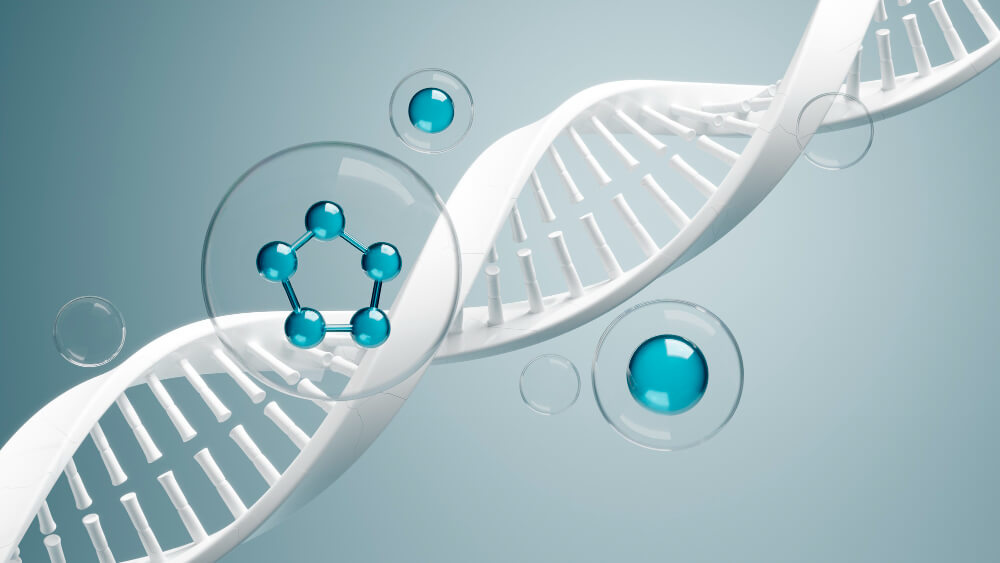
Can lifestyle changes significantly impact testosterone levels even in older men?
Yes, older men can absolutely achieve meaningful improvements in their testosterone levels and overall vitality through lifestyle changes. While the natural age-related decline in testosterone is a biological reality, optimizing diet, sleep, and exercise can help slow this decline and boost remaining production. These natural methods support the body’s foundational health, leading to better energy, strength, and well-being regardless of age.
For this demographic, consistency with resistance training is especially crucial for preserving muscle mass, which is closely linked to healthy hormone levels. Furthermore, managing stress and prioritizing quality sleep become even more important as the body’s resilience changes with age. Adopting these non-pharmacological strategies is a powerful way to support healthy aging and maintain a higher quality of life.
For healthcare professionals ready to lead their patients through this journey with expert guidance, the next step is clear. Elevate your practice and become a leader in proactive, personalized age management. Discover the most comprehensive functional medicine training, longevity training, and biohacking certification programs designed specifically for healthcare professionals, medics, and clinic owners who want to master regenerative medicine protocols and anti-aging therapies. Your journey to expertise begins at Talking Longevity.



